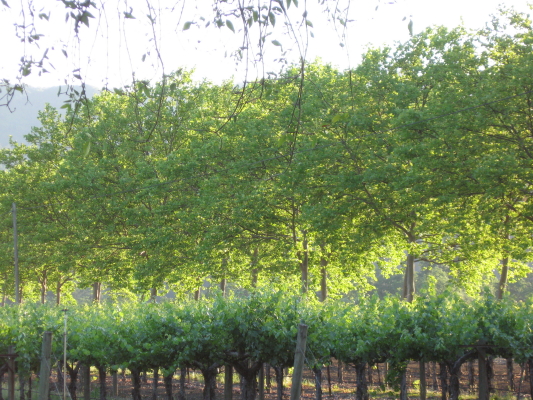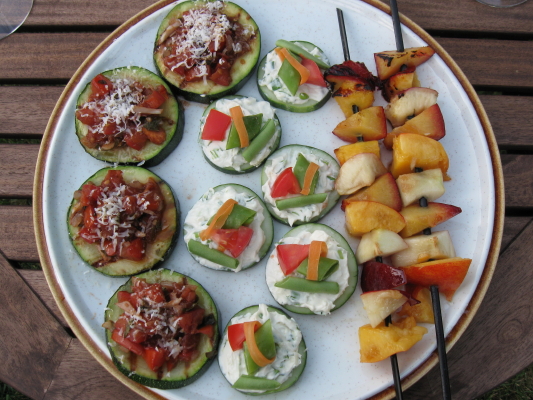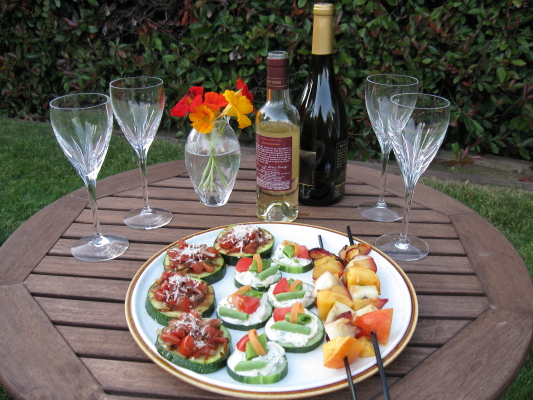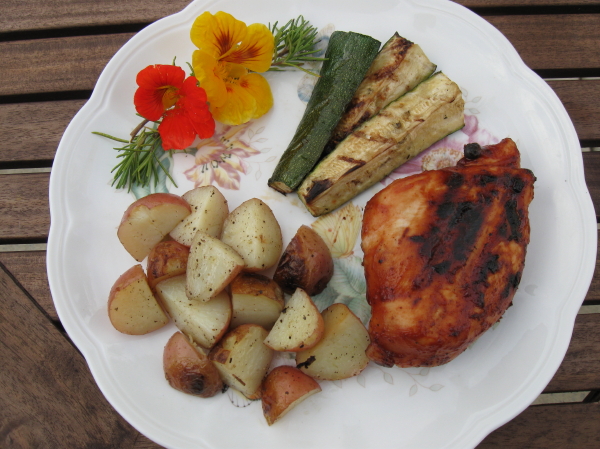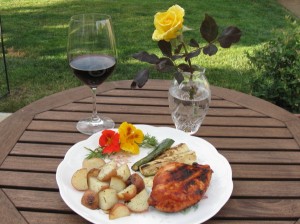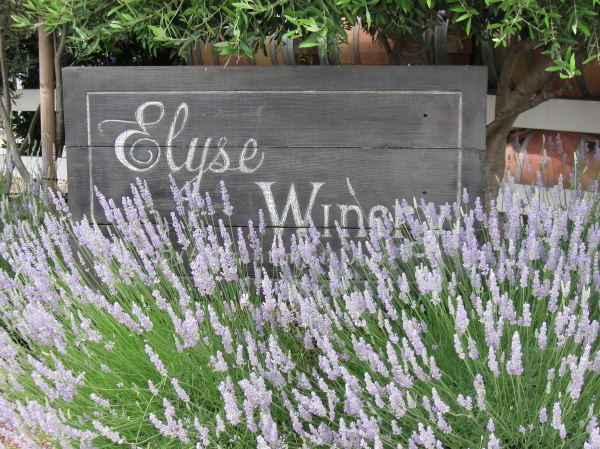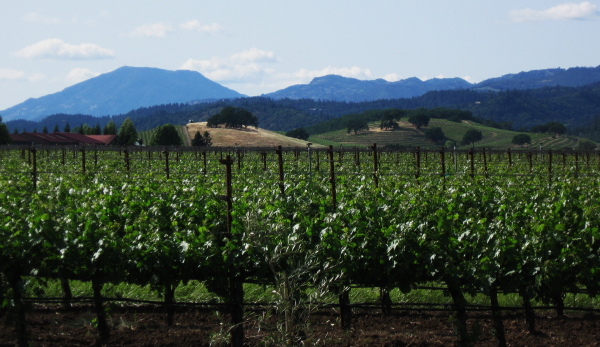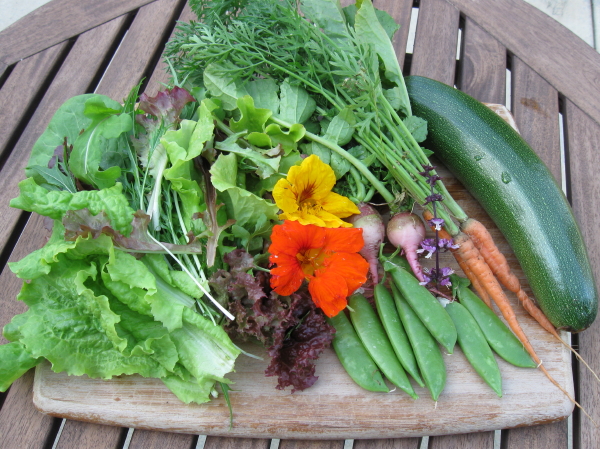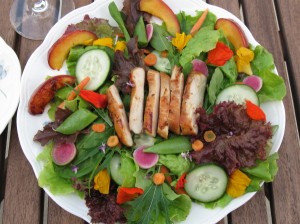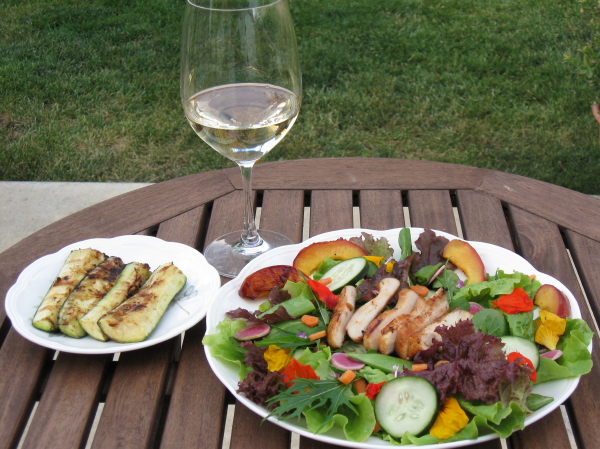Jul 01 2009
Free Your Taste Buds: Discover Cabernet Franc
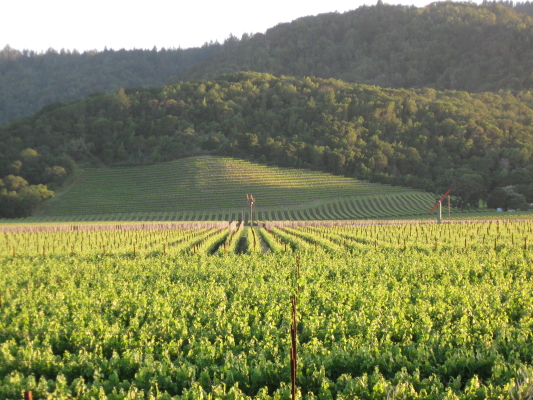
As the 4th of July approaches, there is a spirit of independence and celebration in the air in Napa Valley. The first sense of freedom came when our heat wave broke on Monday evening, which sent the triple digit temperatures of the weekend packing. As Napa Valley residents seem to breathe a collective sigh relief, the easy going evening coastal breezes have returned and the mood is intuitively set for relaxation and celebration of the upcoming holiday. Barbeques and picnics typically accompany any holiday in California. Reflecting on some of the colorful personalities that I have met in the wine industry, I chuckle and recall some of the “cowboys” in Napa Valley who boast of rebelliously barbequing in the rain, tell tales that their El Dorado will go 90 mph on a “good day” and are always staunch advocates of Cabernet Franc, Malbec, Mourvedre or other non-traditional wines. Given the festive spirit of this week, it is only fitting to expand your wine knowledge, to liberate your palate and to find some independence with Cabernet Franc.
Cabernet Franc is a grape that originally hails from France’s Loire Valley and is used to make red wines. Cabernet Franc is most commonly known as a “blending grape”. A “blending grape” is a grape that winemakers add to a wine (such as Cabernet Sauvignon, Meritage blends, etc.) to help the predominantly featured grape fill in across the middle of the palate. Some grapes will provide more flavors on the front of the palate, the middle of the palate or on the back of the palate. When the grape provides more flavor on the back of the palate, the wine is commonly touted to produce a “nice big lingering finish” (which you often hear folks speak of with Cabernet Sauvignon). Cabernet Franc is not going to provide that nice big lingering “finish”. Instead, if it is a very well-made Cabernet Franc, it is going to slowly fade off the palate and leave you wanting “more”. Cabernet Franc when made into a wine by itself is a difficult wine to find made well. But when you do find one made well, it is not only an exciting surprise but it enlivens your senses and sparks your creativity.
“This is like a party in my mouth!”
My pick for this week is Markham’s Cabernet Franc because it accomplishes exactly that. Not only that, I have taken several novice wine tasting connoisseurs to taste this particular Cabernet Franc and repeatedly each individual has been impressed. When you have a friend take a sip and suddenly exclaim, “This is like a party in my mouth,” you know that you have found the perfect summer Cabernet Franc to accompany your barbeques, picnics and other festive celebrations.
“So what are we going to find with this wine?”
On the nose, I find inviting big aromas of anise, black licorice, bing cherry, accompanied by seductive aromas of leather and a hint of tobacco.
“How should this Cabernet Franc taste?”
This Cabernet Franc has a nice supple body (meaning it is not “flimsy” or “flabby” on your palate), which is something that Cabernet Franc must strive to accomplish and does not always achieve. This Cabernet Franc by all means accomplishes this goal and then some. On the tip of the tongue there is the taste of bing cherry and spices. The spices are not overpowering but rather set forth just enough flavor to continue enticing your palate’s attention.
But here is the unique identifier to this wine (aside from the taste): it coasts across the palate. That is right, does not roll, it coasts: smooth, relaxed, yet with enough presence that you are never unaware that it is there. On the palate it is adeptly characterized as quickly flirting with the front, smoothly coasting across the middle and slowly fading at the back like a classic distinguished roadster disappearing into the horizon. Resembling bing cherries, it has a dark ruby jewel tone color and the early evening sun dances and sparkles off of the wine, setting forth a festive, fun appearance. The finish is soft, subtle and leaves you wishing that there was more in your glass. Overall, this Cabernet Franc is easy going, very approachable and exactly the type of guest that you want to invite to every summer festive affair.
“But what do we pair with it?”
There are many food options that can accompany Cabernet Franc and in the spirit of celebration, I decided to put together a great picnic in honor of Independence Day:
1) Fontal (or Fontina) Cheese with Sourdough Baguette;
2) Roasted spiced miniature yellow potato salad with green beans and onions;
3) Classic Cheeseburger with Bread and Butter Pickles; and
4) Home-made Fresh Bing Cherry Pie.
To start preparation, the day before, I made home-made bread and butter pickles using fresh seasonal cucumbers, spices and onion. The pickles only needed one night of refrigeration before being ready to consume.

Since I would be grilling cheeseburgers for the meal, I decided to start the meal with a Fontal Cheese with slices of Sourdough Baguette. Fontal is an Italian table cheese with soft nuances of nuts and a smooth mild creamy taste. The flavor of this cheese is important because it is mild and does not overpower the Cabernet Franc, thereby allowing the spices in the wine to show through. The sourdough baguette is a nice compliment to the cherry notes found in the wine.
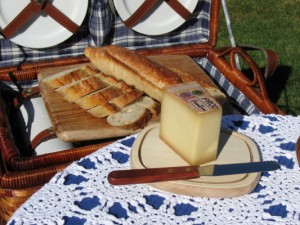
Deciding to create an alternative to the classic potato salad, I elected to use my overwhelming harvest of green beans fresh from my garden. Recalling that the Cabernet Franc is not an overpowering wine, I was careful in my selection of spices and took the time to visit the herbs in my garden, smell them and create a perfectly balanced semi-sweet mixture (including Thai basil, thyme, chives and another secret mild spice). Coating the potatoes in the spices with a bit of olive oil they were then set to roast in the oven. Next, I quickly blanched the green beans. To finish, once the potatoes and the green beans were cool, I mixed both together and added sliced raw spring onions with some sautéed garlic. Because the spices in the potatoes are slightly sweet, they lock hand and hand with the wine and with commitment traverse together across the palate.
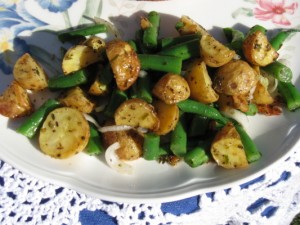
Beef goes so, so, so well with Cabernet Franc. While steak normally commands the presence of a Cabernet Sauvignon, milder meats such as burgers beg innately for a good Cabernet Franc. To dress up my cheeseburger, I have used a honey whole wheat bun, a mild cheddar (again, not to overpower the Cabernet Franc), fresh tomato and lettuce from my garden, some champagne shallot mustard and the bread and butter pickles that I made the night before. The bread and butter pickles provide a festive zip to an otherwise traditional burger. Due to their mildly sweet and spicy flavor, they also do not overpower the wine but again playfully challenge the spices found in this Cabernet Franc.
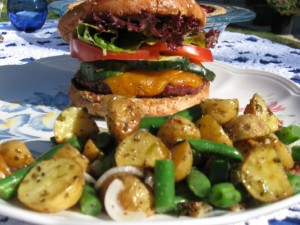
But wait, there’s more… I decided to make a home-made bing cherry pie. This Cabernet Franc is loaded with bing cherry flavors and bing cherries are still in season (I obtained mine from a local fresh produce stand for only $1.99 a pound). And remember how I said that the finish on the Cabernet Franc smoothly coasts into the horizon and does not have a big lingering finish? What would be a better way to finish off a perfectly paired meal than with this sweet little firecracker?
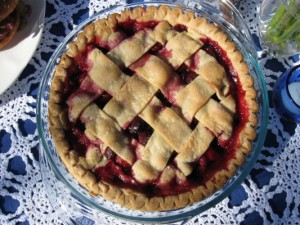
The result is a perfectly planned festive picnic or barbeque that is certain to delight anyone’s palate.
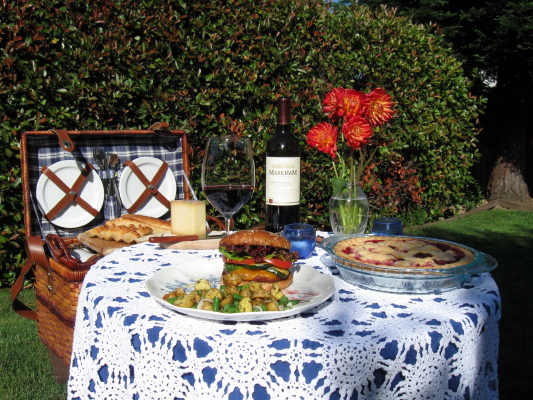
So while Cabernet Franc is indeed the wine of many a wine industry “cowboy”, it can be your own Independence Day wine. Whether mothers allow their sons to grow up to be cowboys may still be up for debate, but an excellent festive Cabernet Franc is not. And with a great one like Markham’s, it is easy to see why.
*Wondering about where I am wine tasting and when? Become a fan of The Casual Connoisseur on Facebook to find out and also learn about impromptu easy wine and food pairings. Also, this week on the web site, check out the much requested début of The Casual Canine.
Comments Off on Free Your Taste Buds: Discover Cabernet Franc
